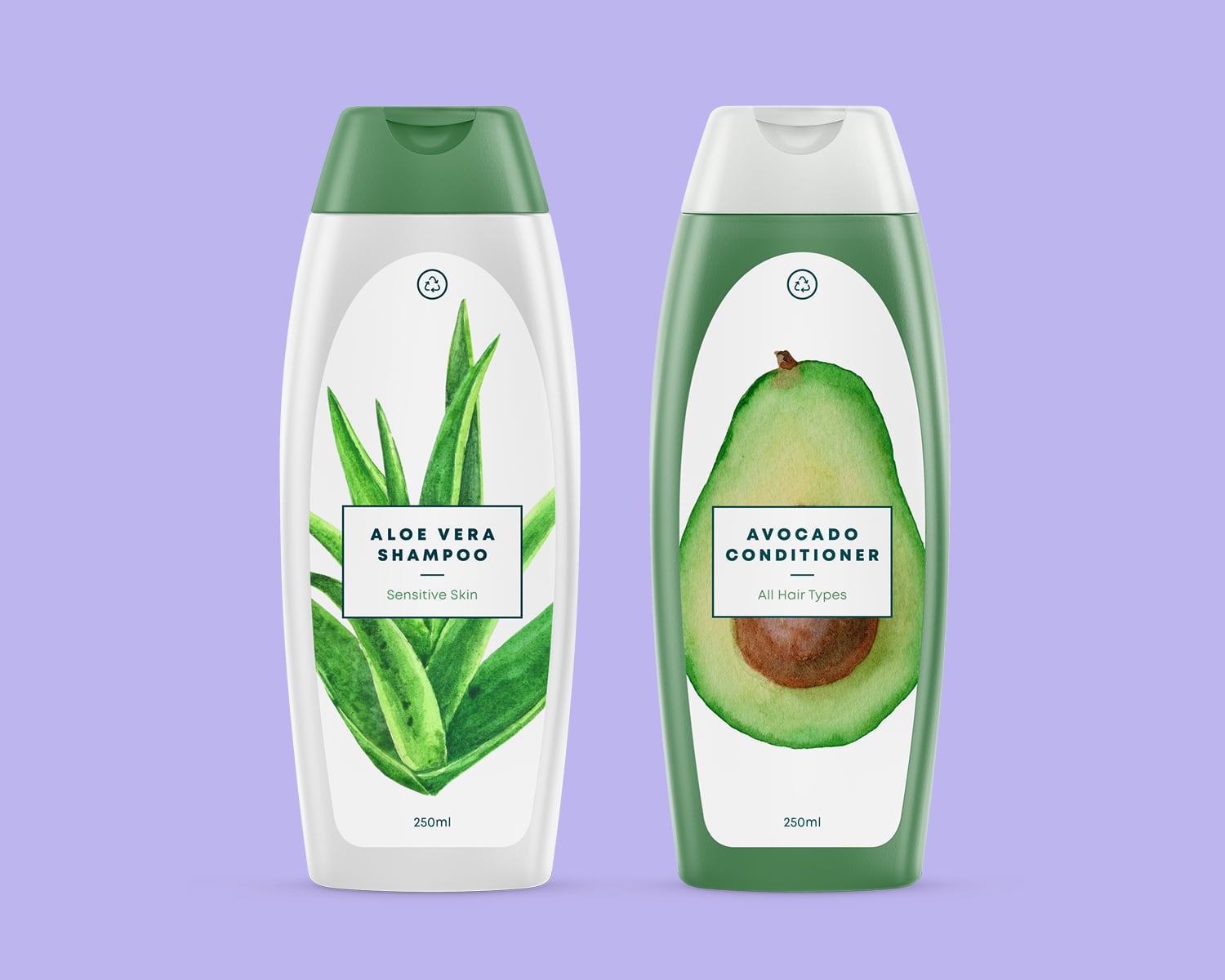California’s landmark packaging law, SB 54, is about to impact how cosmetics and personal care brands design, report, and fund packaging systems. With producer registration opening August 1 and data reporting starting in September, manufacturers face urgent deadlines and new expectations for sustainability.
We interviewed a spokesperson from the Circular Action Alliance (CAA), the producer responsibility organization leading implementation, to unpack what beauty brands need to know now to stay compliant, cut costs, and get ahead of the curve.
CDU: As the CAA accelerates operationalization of SB 54 in California, what are the most critical developments cosmetics and personal care product manufacturers should be aware of right now, particularly regarding packaging design, source reduction, and compliance obligations?
CAA: As we accelerate operational planning for California’s SB 54, there are a few critical areas cosmetics and personal care product manufacturers should pay close attention to:
- Source Reduction Mandates: SB 54 includes specific targets for packaging source reduction. Personal care brands should explore innovations that reduce packaging weight, volume, or eliminate components entirely.
- Compliance & Reporting Infrastructure: Beginning in 2025, producers will register, report packaging data, and contribute financially to the system. CAA is building a streamlined reporting platform modeled after our Oregon experience to make compliance manageable, especially for companies with complex SKUs and supply chains.
We strongly encourage manufacturers to begin internal assessments now and engage early with CAA. Doing so will help ensure a smooth transition and reduce long-term compliance costs, while also positioning brands as leaders in sustainability.
CDU: CAA’s source reduction strategy under SB 54 includes an incentive system and detailed reporting mechanisms. How might these elements influence packaging innovation for beauty brands that often prioritize aesthetics and product protection in their design choices?
CAA: Our team is developing a source reduction framework, which will be part of the program plan that we will submit to the Advisory Board next year. CAA is exploring mechanisms that will encourage innovation and reward leadership in accelerating source reduction.
CDU: The development of a reimbursement methodology is a major step in California’s EPR rollout. Can you walk us through what producers in the personal care sector need to know about eligible costs, documentation, and timelines to ensure they receive appropriate reimbursements for post-2023 investments in recycling improvements?
CAA: To be precise, it’s not producers who get reimbursed directly. Instead, the reimbursement mechanism is designed to compensate service providers and other entities within the recycling value chain for their efforts in managing covered materials. This ensures the costs of collecting, sorting, processing and recycling are covered, ultimately supporting a more robust and efficient recycling system.
Regarding the process, we’re actively working on establishing a clear covered cost methodology and payment mechanism, which will be detailed in our program plan. As outlined in SB 54, this involves determining eligible costs and setting up a system for those reimbursements to flow to the appropriate parties in the recycling infrastructure.
To inform this methodology, we will be launching surveys to gather critical information.
We understand producers in the personal care sector are keen to understand how their financial contributions will support recycling improvements. While they won’t be receiving direct reimbursements, their fees will fund the system that compensates the service providers making these improvements possible.
We’ll be providing comprehensive information on the covered cost methodology, funding criteria, documentation requirements, and timelines once they are finalized as part of our program plan
CDU: With California’s producer registration opening August 1 and reporting beginning September 15, how is CAA working to simplify the onboarding process for companies, especially those in the cosmetics space that may be new to EPR compliance? What kind of technical or educational support is available?
CAA: With producer registration opening Aug. 1 and reporting starting Sept. 15, CAA is committed to making onboarding as simple and supportive as possible, especially for cosmetics and personal care companies new to EPR compliance.
We have a user-friendly online portal with guided registration, smart forms, and intuitive reporting tools, built on lessons from our work in Oregon.
To support producers, we’re offering:
- Live webinars and on-demand tutorials
- A dedicated helpdesk for one-on-one support
- Industry-specific guidance and templates.
We’re also working closely with trade groups to tailor resources to the unique needs of beauty brands. Our message to producers: engage early to ensure a smooth start and avoid last-minute hurdles.
CDU: CAA is also managing compliance in other states, including Minnesota, where the producer registration deadline is July 1, and Colorado, which has a reporting deadline of July 31. How is CAA harmonizing EPR requirements across these states, and what proactive steps should beauty and personal care brands take now to prepare?
CAA: CAA is actively managing compliance in multiple states, including Minnesota and Colorado, each with unique timelines and regulatory frameworks. Our top priority is to harmonize core requirements wherever possible so producers can navigate EPR with confidence and efficiency.
Since certain elements are mandated by state statutes or regulations, some variation across states is inevitable and beyond our ability to directly control.
We are building centralized reporting infrastructure with shared features across states—such as producer portals, data submission tools, and packaging classification logic—while still meeting each state’s legal requirements. This approach reduces duplication, simplifies compliance, and makes it easier for brands operating nationally.
We’re also coordinating producer education, helpdesk support, and reporting guidance to minimize confusion and streamline the experience for producers participating in more than one program.
What beauty and personal care brands should do now:
- Know your deadlines:
- Minnesota: Registration due July 1, 2025
- Colorado: Initial reporting due July 31, 2025
- California: Registration opens Aug. 1, 2025 (due Sept. 5) reporting opening Sept. 15, 2025 (due Nov. 15)
- Centralize packaging data:
- Start compiling packaging specifications (materials, formats, weights, SKU volumes) across all product lines now to avoid last-minute reporting stress.
- Engage with CAA early:
- Attend webinars, use our onboarding tools, and reach out to our support team with questions. Early engagement is the best way to ensure accurate reporting and avoid compliance risks.
For beauty and personal care brands, aligning packaging strategies across markets will not only simplify compliance but it can also unlock long-term cost savings and boost sustainability leadership.
CDU: Now that Maryland and Washington have officially signed packaging EPR laws into effect, how does CAA view the evolving national landscape for producer responsibility? What long-term considerations should manufacturers in the beauty and personal care industry keep in mind as EPR laws expand across the US?
CAA: Our approach is to help producers—especially in sectors like beauty and personal care—prepare for scale by building systems that are consistent, efficient, and adaptable across jurisdictions.
Long-term considerations for manufacturers:
- Design for Circularity: Build recyclable, refillable, or reusable packaging into innovation early on.
- Data Readiness: Centralizing packaging data across SKUs, formats, and markets will be critical to meeting multi-state reporting obligations efficiently.
- National Strategy, Local Action: While laws vary state-by-state, companies should develop a cohesive national EPR strategy that accommodates local nuances but avoids fragmentation.
For beauty and personal care brands, the opportunity is to lead by embedding sustainability into packaging design and taking a proactive stance on compliance, transparency, and innovation.





